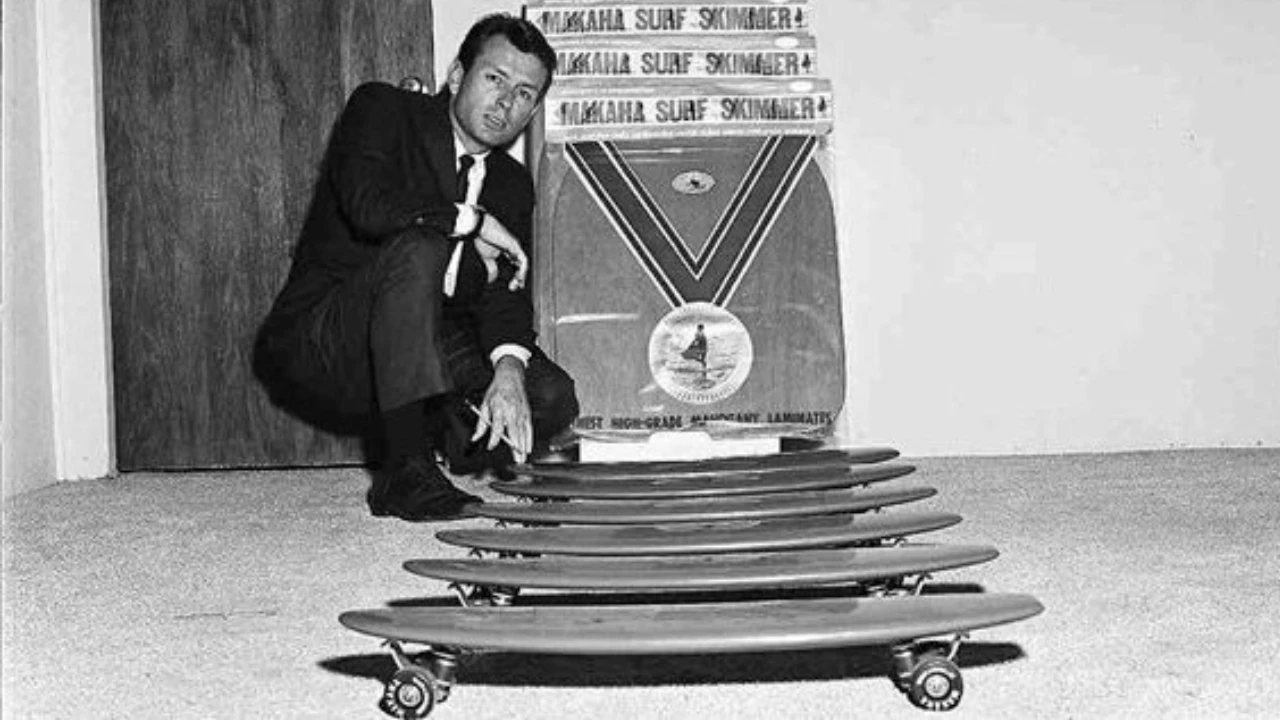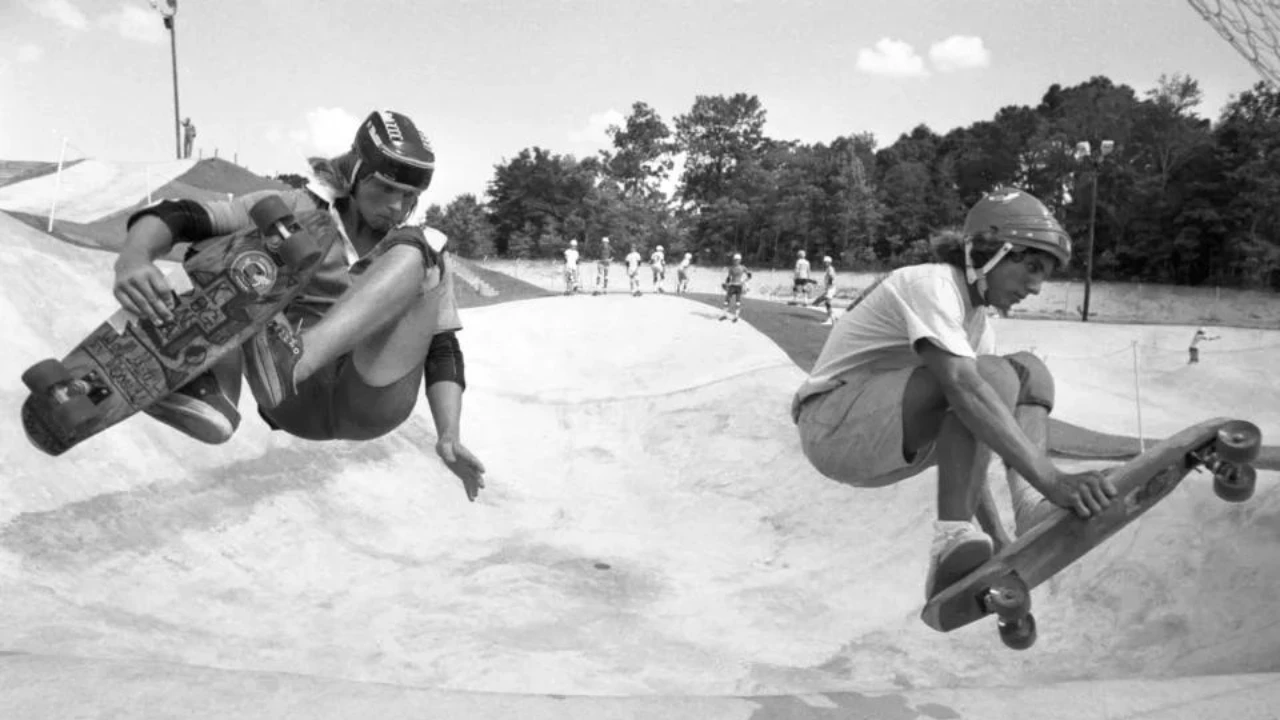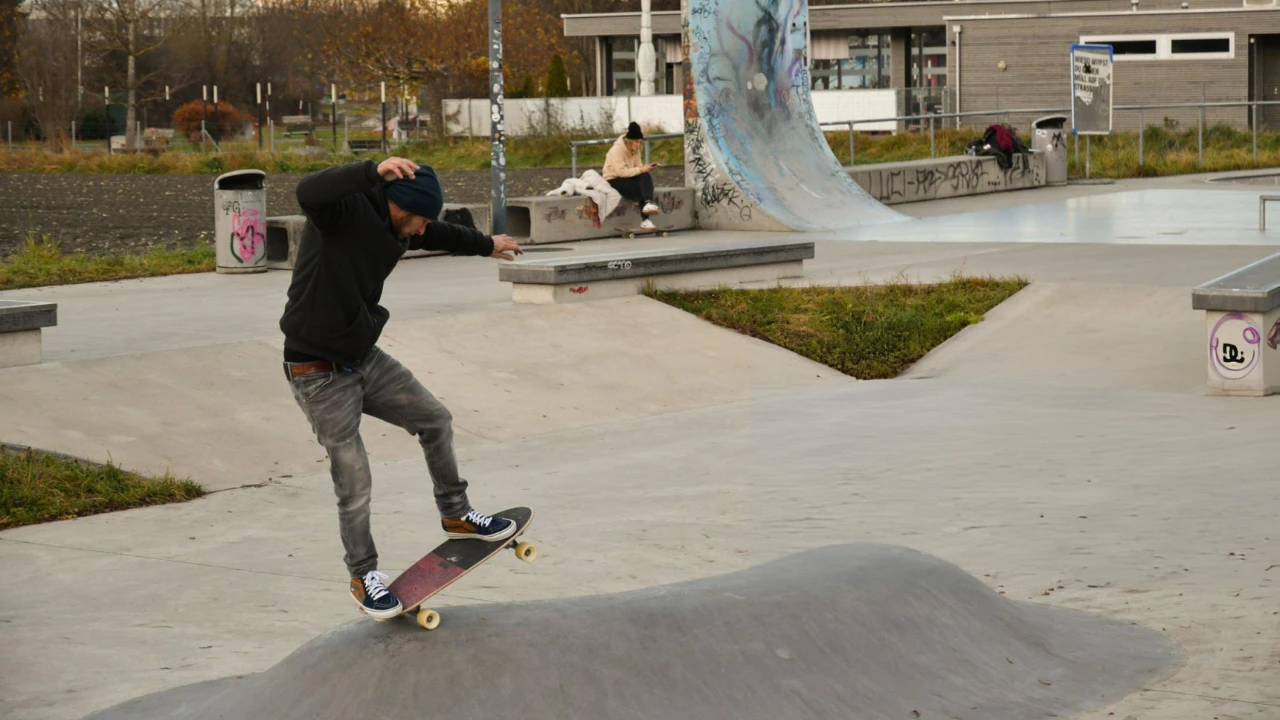The history of skateboarding is a dynamic narrative that charts the transformation of a makeshift pastime into a global cultural phenomenon. Spanning over six decades, this journey reflects broader societal shifts, technological advancements, and the evolving ethos of youth culture. Let’s delve deeper into the chronological evolution of skateboarding, highlighting key milestones and the years they occurred.
Table of Contents
The Origins and Early Innovation (1950s-1960s)

- Skateboarding’s Birth: The 1950s The story of skateboarding begins in the late 1950s, emerging as an offshoot of surfing culture in California. Surfers sought a way to “surf the streets” during periods of low wave activity, leading to the creation of the first skateboards, which were rudimentary wooden boards with roller skate wheels.
- Innovation and Evolution: The 1960s During the 1960s, skateboarding began to carve out its identity. The decade saw the first manufactured skateboards, and the sport started to gain a following beyond the surfing community. This era set the stage for the skateboarding boom, with the first official skateboarding competition taking place in 1963 in Hermosa Beach, California.
The Rise of Skate Parks and Competitions (1970s)

- Technological Advancements: Early 1970s the early 1970s witnessed significant advancements in skateboard technology, particularly with the introduction of urethane wheels in 1972, which offered better grip and performance. This decade also witnessed the construction of the first purpose-built skateparks, a response to the growing popularity of skateboarding. It was during this era that “vert” skateboarding began to take shape, with pioneers like Tony Alva and the Z-Boys pushing the boundaries of what could be done on a skateboard.
- The Skate Park Era: Late 1970s by the late 1970s, the popularity of skateboarding led to the construction of the first skate parks, providing a dedicated space for enthusiasts to hone their skills. This period also saw the establishment of professional competitions, further legitimizing skateboarding as a sport.
The Golden Age and Street Skateboarding (1980s)

Image Source: finance.yahoo.com
- Street Skateboarding Emerges: Early 1980s the early 1980s marked the advent of street skateboarding, a discipline that took the sport from skate parks to urban environments. This shift was driven by skaters’ desire to use the city as their playground, utilizing stairs, handrails, and benches as part of their repertoire.
- Mainstream Popularity: Late 1980s by the late 1980s, skateboarding had exploded in mainstream popularity, thanks in part to the rise of skate videos and magazines. Iconic skateboarders like Tony Hawk and Rodney Mullen became household names, inspiring a new generation of skaters.
Innovation and Global Expansion (1990s-2000s)

- Digital Influence: The 1990s The 1990s were a transformative period for skateboarding, with the advent of skateboarding video games like “Tony Hawk’s Pro Skater,” introduced in 1999, bringing the sport to a wider audience. This decade also saw skateboarding’s culture and community begin to flourish online.
- Olympic Recognition: The 2020s A monumental milestone in skateboarding’s history was its inclusion in the Tokyo 2020 Olympics, officially recognizing the sport on the world’s largest athletic stage. This inclusion not only celebrated skateboarding’s evolution but also introduced it to a global audience, cementing its place in the pantheon of competitive sports.
2010s to Present: Olympic Recognition and Continued Evolution
A landmark moment in the history of skateboarding came with its inclusion in the Olympic Games, officially announced in 2016 for the Tokyo 2020 Olympics. This recognition was a testament to the sport’s global reach and the diversity of its athletes. Today, skateboarding continues to grow, with a focus on inclusivity, community, and sustainability. Its history is still being written by skaters around the world, pushing the boundaries of creativity and athleticism.
2020s: A New Era of Inclusivity and Sustainability

As we move through the 2020s, skateboarding is entering a new era focused on inclusivity and sustainability. The community has become more welcoming, with a growing emphasis on supporting female skateboarders, LGBTQ+ participants, and underrepresented groups. Initiatives to create more inclusive skate parks and events highlight this shift towards a more diverse and accepting skateboarding culture.
Simultaneously, the impact of skateboarding on the environment has come under scrutiny, leading to an increased focus on sustainability. Eco-friendly skateboard manufacturing, the use of recycled materials, and the promotion of sustainable practices within the community are gaining traction. This era is defined by a conscious effort to balance growth and mainstream appeal with the preservation of skateboarding’s unique culture and ethos.
The Legacy and Future of Skateboarding
The history of skateboarding is a rich tapestry woven from threads of innovation, rebellion, culture, and community. It has evolved from a fringe activity to a global phenomenon, reflecting and influencing shifts in society at large. As skateboarding continues to grow, its future appears bright, filled with the promise of further innovation, inclusivity, and a steadfast commitment to the values that have made it a beloved activity for millions around the world.
Final thoughts about the history of skateboarding
From its humble beginnings in the 1950s to its Olympic debut in the 2020s, the history of skateboarding is a testament to the sport’s resilience, adaptability, and enduring appeal. Skateboarding has transcended its status as a mere pastime to become a significant cultural force, influencing fashion, music, art, and youth culture around the world. As we look back on the milestones that have shaped skateboarding’s journey, it’s clear that the spirit of innovation and community that drove its early days continues to propel it forward. The story of skateboarding is far from over, with future generations ready to write the next chapters of this incredible saga.

